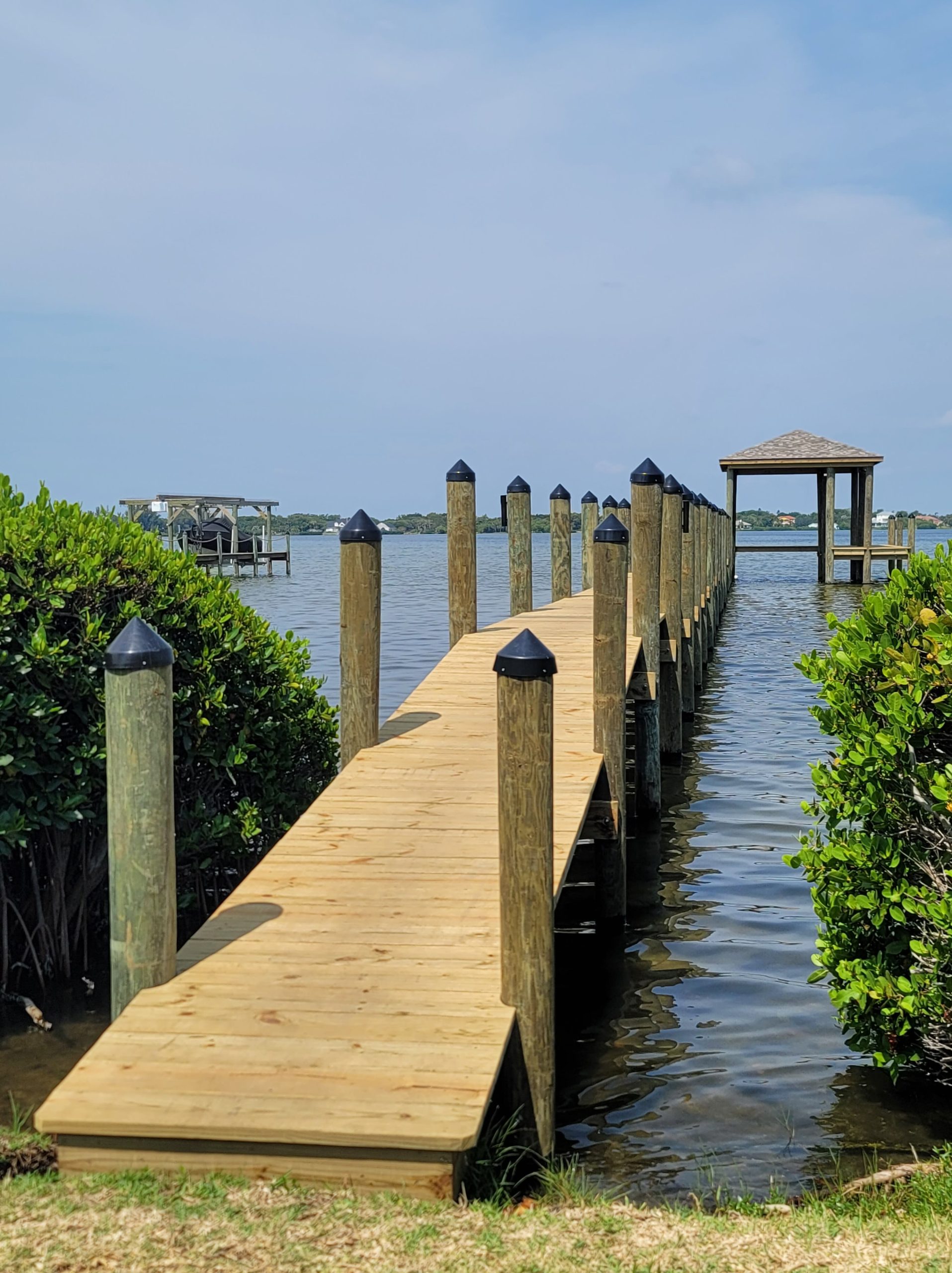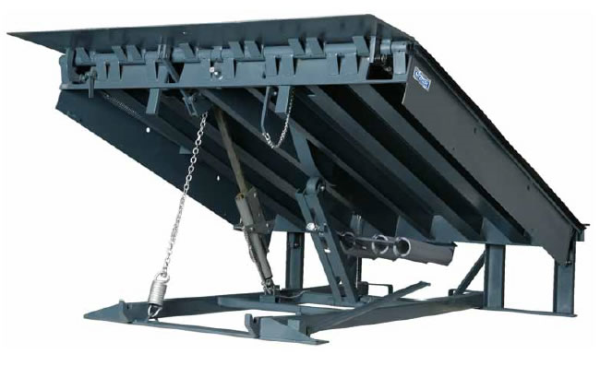Just How to Address Common Dock Fixing Issues for Safe Water Activities

Identifying Common Dock Issues
Identifying typical dock concerns is essential for keeping the functionality and security of your beachfront home. Regular evaluations can aid reveal problems before they become severe, guaranteeing both the longevity of the dock and the security of those who use it. One widespread concern is loose or corroded fasteners. In time, screws, bolts, and various other fasteners can end up being loose because of continuous direct exposure to water and weather components, resulting in architectural instability.
An additional common trouble is the destruction of flotation tools. These devices are essential for maintaining the dock buoyant, and any type of damages or punctures can cause the dock to list or sink. Frequently examining for leaks or waterlogged drifts can preempt more considerable concerns.
In addition, algae and barnacle buildup on the dock's surface can create unsafe and slippery problems. This biofouling not only positions a risk to customers but can also accelerate the wear and tear of the dock products.
Last but not least, checking for indications of rust on steel components is vital. Corrosion can compromise the integrity of the dock's framework, making it risky. By regularly determining these common dock issues, you can ensure that your dock remains safe and useful for many years ahead.
Repairing Rotting Timber
When dealing with the concern of deteriorating wood on your dock, it is crucial to act quickly to stop additional degeneration. Begin by completely evaluating the whole structure to determine all affected locations. Utilize a screwdriver to penetrate the wood; if it sinks in conveniently, the wood is most likely rotted and needs prompt attention.
Be sure to reduce back to healthy, strong wood, ensuring you get rid of all compromised product. After removal, treat the remaining timber with a timber preservative to prevent future rot.
Next, replace the removed areas with marine-grade lumber or pressure-treated wood, which are more immune to water damage. Protect the brand-new pieces with stainless-steel or galvanized bolts to prevent corrosion. Furthermore, using a waterproof sealer to the new wood can provide an additional layer of security.
Securing Loose Boards
Exactly how do you ensure your dock remains functional and risk-free for all its customers? One important aspect is protecting loose boards, which can otherwise present significant dangers. Loose boards not only increase the danger of tripping however can additionally compromise the architectural integrity of the entire dock.

For reinstallation, make use of stainless or galvanized steel screws, as these products use exceptional resistance to deterioration in marine environments. Ensure the screws are long enough to pass through deep into the underlying assistance structure, however not as long that they stick out via the dock's surface. Pre-drilling pilot holes can assist avoid the timber from splitting.
Last but not least, maintain a regular examination timetable to identify and attend to any kind of new issues immediately. By safeguarding loosened boards successfully, you contribute to the overall safety and security and longevity of your dock, making it a reliable system for water activities.
Maintaining Unsteady Pilings
Ensuring the security of unsteady pilings is paramount to maintaining a useful and risk-free dock. Unsteady pilings can endanger the whole structure, posing substantial dangers to individuals and possibly bring about costly fixings. The primary step in maintaining these crucial elements is an extensive inspection. Analyze the pilings for indications of rot, damage, or shifting. Utilize a degree to look for vertical alignment and guarantee they are driven deep enough into the substrate to offer sufficient assistance.
If the pilings are found to be unpredictable, one reliable approach for support is using added supporting. Cross-bracing with treated lumber or galvanized steel can significantly improve security. Support the dental braces firmly to both the pilings and the dock frame to disperse loads equally.

Regular upkeep and periodic reassessment of the pilings' stability are vital to making certain long-lasting dock safety and security and performance.
Changing Rusty Equipment
Attending to unsteady pilings is simply one facet of preserving a dock's integrity; another vital problem is replacing rusty equipment. Gradually, exposure to dampness and salt can cause the oxidation and deterioration of brackets, screws, and screws, endangering the entire framework's safety and security. Regular examination for rust is crucial, specifically after serious climate or seasonal modifications.
When rustic equipment is determined, instant activity is needed. Begin by selecting marine-grade stainless-steel or galvanized equipment, both made to resist the severe marine setting. Ensure that you have the appropriate devices, such as wrenches and from this source screwdrivers, to securely remove the old, corroded pieces without creating further damages to the dock.
After eliminating the rustic equipment, completely tidy the impacted areas to eliminate any type of residual corrosion or debris. Apply a rust-inhibiting primer to revealed steel surfaces before installing the new equipment. Tighten all components securely to avoid future loosening, and periodically examine the installations to make sure continuous stability.
Changing corroded hardware not just expands the dock's life expectancy however also considerably improves the security of water activities. By proactively taking care of corrosion, you secure both the structure and its users, making certain a pleasurable and safe waterfront experience.
Verdict
Routine inspections and maintenance are vital to attend to usual dock repair work concerns and make sure safe water activities. Such aggressive procedures contribute to the total safety and performance of dock frameworks, cultivating a safe and secure environment for water-based activities.
Guaranteeing the safety and security of water tasks hinges significantly on the proper upkeep and repair service of anchors (Dock Repairs). These tools are vital for go to this web-site maintaining the dock buoyant, and any type of damages or slits can cause the dock to checklist or sink. By routinely recognizing these common dock problems, you can make certain that your dock stays safe and secure and useful for years to come
Ensuring the security of unsteady pilings is vital to keeping a useful and secure dock.Routine evaluations and upkeep are essential to address common dock repair work problems and make sure risk-free water tasks.